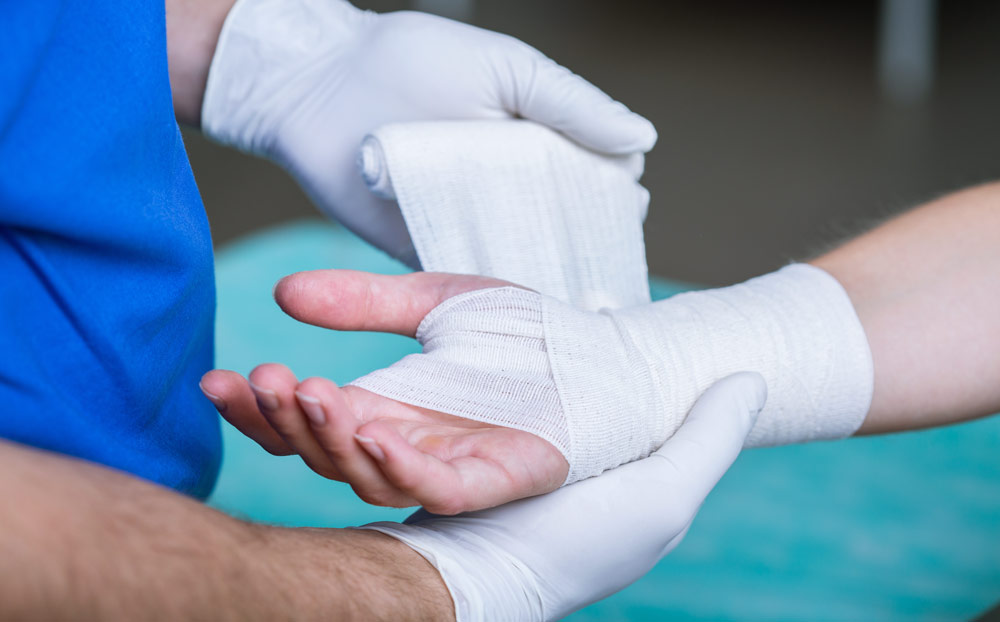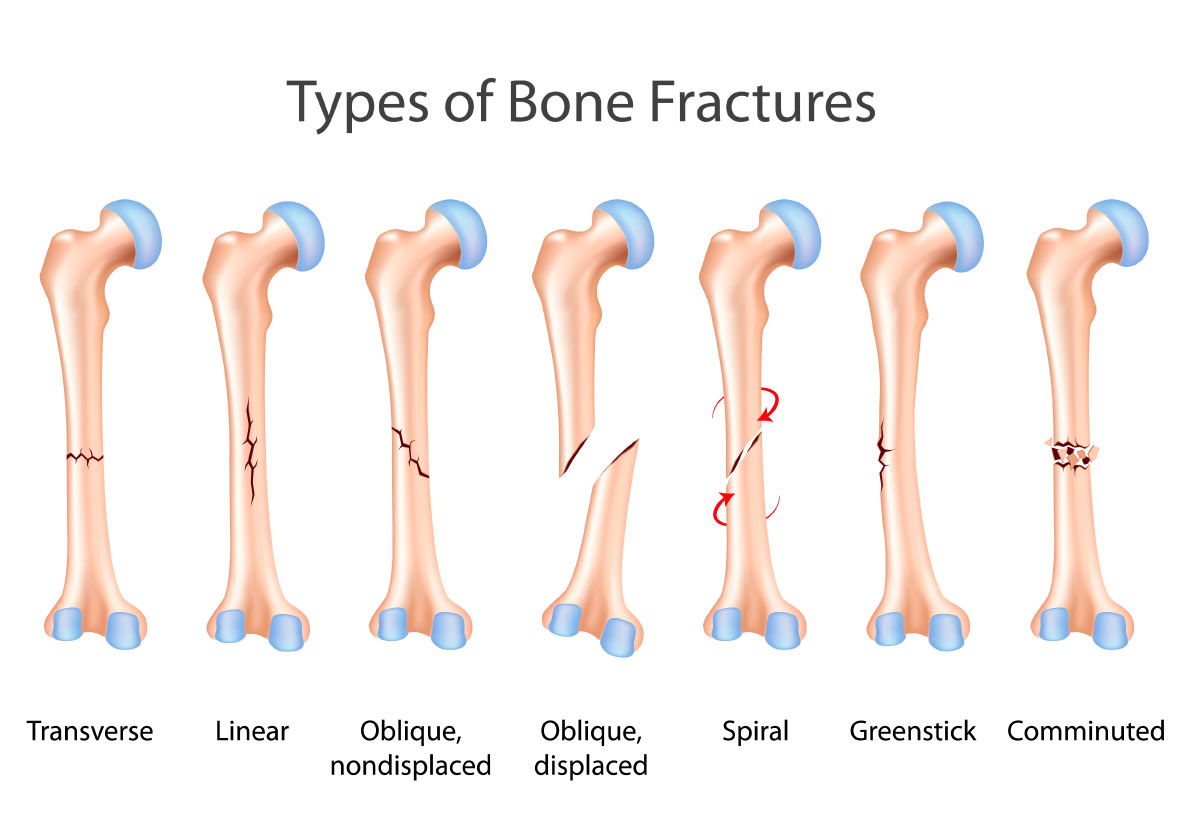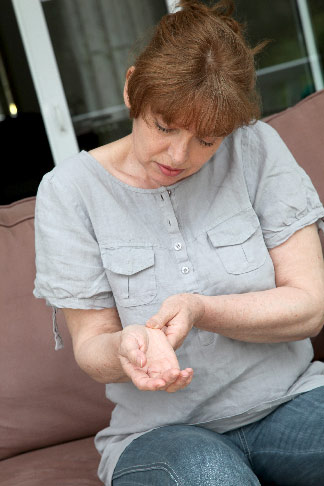Fractures and Broken Bones
December, 2020
What Is the Difference Between a Fracture and a Broken Bone?

by Jesse Morse-Brady, FNP-BC
Many people have heard of “fractures” and “broken bones,” and might wonder what the difference is.

A Fracture = A Broken Bone
The quick answer to this question is that they are the same! A “fracture” refers to a “break” in the bone, which can take many forms. There are numerous different types of fractures, with various different treatments. Some bone injuries are able to heal on their own, some require casting or splinting, and some even require surgery.
Common Types of Fractures
Closed vs. Open Fractures: A “closed fracture” is one in which the bone has broken but has not penetrated the skin. An “open fracture” involves a portion of the broken bone being exposed outside of the skin. Open fractures are much less common than closed fractures, and often involve surgical treatment to realign the broken pieces of bone and clean the wound to reduce the risk of infection.
Displaced vs. Non-Displaced Fractures: A “displaced fracture” is one in which the bone has broken and the pieces of bone have moved in relation to one another. This may require treatment to realign the broken pieces, based upon how much movement has occurred. A “non-displaced fracture” is one in which the bone has broken, but the pieces have not moved. Many people may have heard of this referred to as a “hairline fracture.” Non-displaced fractures can often be treated by keeping the affected area immobilized with a splint or brace, but sometimes require further treatment.

Types of Fracture Treatment
Immobilization: Many fractures are able to be treated by keeping the affected bone or joint still with a brace, splint, or cast while the bone heals.
Closed Reduction: If the broken pieces of bone have moved in a way that is not conducive to healing, they can sometimes be put back into place with a “closed reduction” procedure. This involves manipulating the broken pieces of bone back into proper alignment, and usually applying a cast to keep the fracture properly “lined up.”
Percutaneous Pinning: Some fractures cause bone pieces to move into configurations that cannot easily stay in place if they are lined up. If this should occur, a surgeon may recommend “pinning” them back into place using surgical instruments. A pinning procedure utilizes pins that are placed through the skin to secure the bone fragments in place. The pins are removed once the fracture has healed.
Open Reduction with Internal Fixation: For fractures in which the bone pieces have moved significantly, surgery is sometimes required. When this occurs, an incision is made in the skin near the fracture site, and the pieces are placed back together before being “fixed” in place with screws, surgical plates, or other materials.
If You or Someone You Know Has a Fracture
Fremont Orthopaedics is here to help patients through the course of fracture care, from the time of injury until the fracture is healed. For any additional questions or to schedule an appointment with one of our providers, call (307) 332-9720.
This document contains general guidelines and is not a substitute to your provider’s instructions or an alternative to seeking appropriate medical care or follow-up appointments. For questions or concerns, seek professional medical attention. For medical emergencies, call 911.



